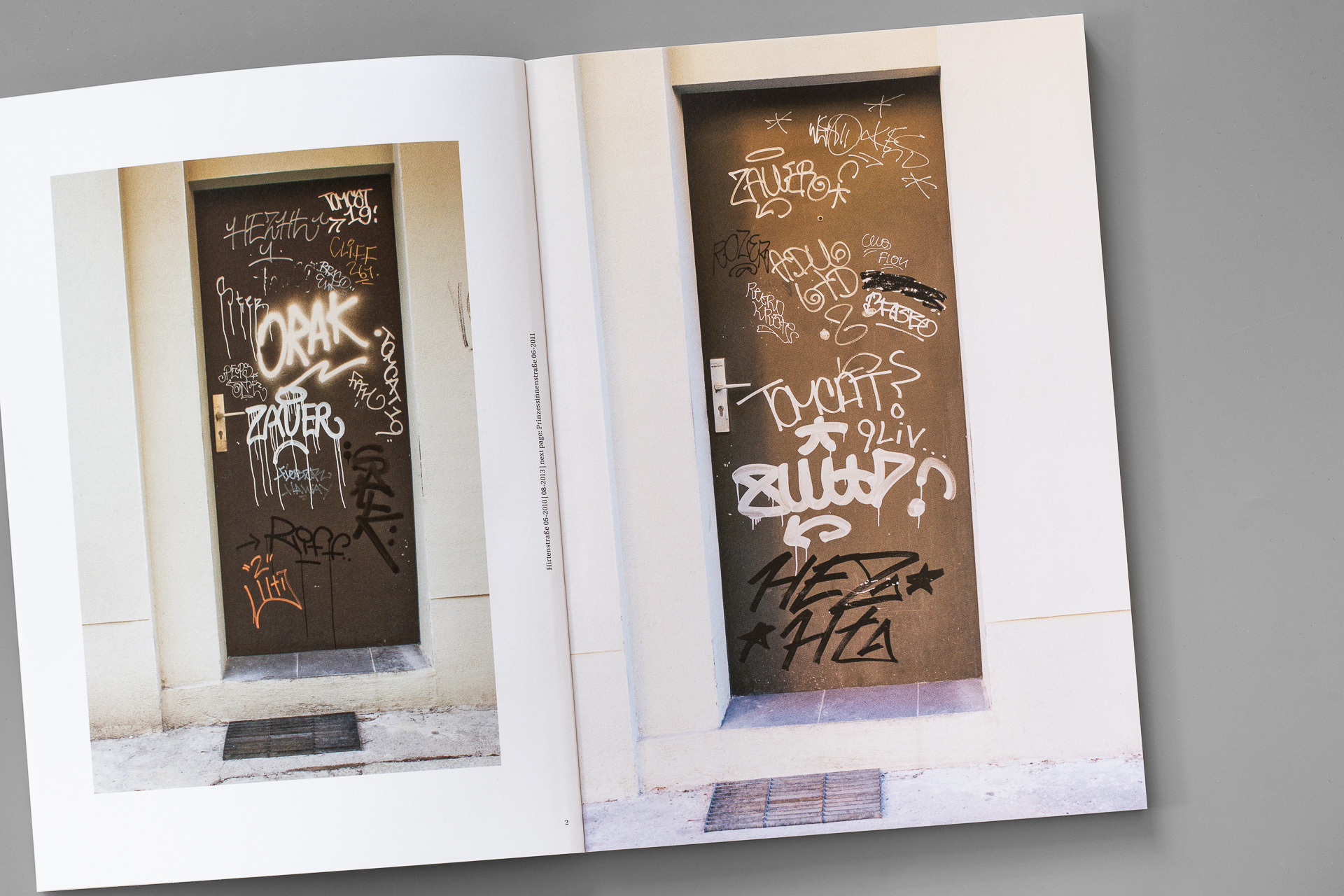Tramp Directories, Noms-de-Road and Unwritten Codes
15,00 €
This 2017 publication gives authentic first insights into a subculture which got more in common with nowadays graffiti as one would expect: the connections to railroad systems, the stylistic shaping of letters, the competition between the taggers and their signs and meanings. All the similarities might hint, that modern graffiti writing is just the continuation of an ancient cultural habit.
Graffiti writing is an unique art form. At least that’s the impression one could get after analyzing the few existing serious scientific publications on the topic and the countless number of books and magazines from the scene.
Due to the worldwide spread of traditional 1960s New York name writing and its growing success in the 1980s art world, followed by decades of ignoring, the interest in the academic world is today slowly increasing as well: whether it’s the carvings of Pompeji, the taggings in the Valley of the Kings in Egypt or the signatures of the Austrian civil servant KYSELAK. Although there are no direct connections between these archaeological findings, there are similarities among them.
One of the most graffiti-like form of individuals leaving marks, is the North American hobo culture with its monikers, starting in the late nineteenth century. “Tramp Directories, Noms-de-Road, and Unwritten Codes” is the first scientific publication on this specific form of name writing. It combines early twentieth century newspaper articles and first time ever published 1969 footage on moniker carvings which date back to the late 1800s and early 1900s. In addition to this one can find novel excerpts from Jack London (‘SAILOR JACK’ / ‘FRISCO KID’) and Leon Ray Livingston (‘A-No.1’) from 1907, 1911, 1912 and 1917.
If you’re into the origins of name writing culture, this reader is a must.
180 pages, 10,4 x 14,8 cm
Language: English
Release date: September 2017
Publisher: Urbanario
Out of stock
Related products
-
Guide 04
20,00 € -
Sale!
Jürgen Große – Urban Art Photography
49,90 €Original price was: 49,90 €.25,00 €Current price is: 25,00 €. -
Konsens Berlin 2014
20,00 € -
CALYBA – Gedichte
12,00 €
You may also like…
-
Sale!
Cargokult 1
25,00 €Original price was: 25,00 €.18,00 €Current price is: 18,00 €. -
FreightTrainWorks
15,00 €

































